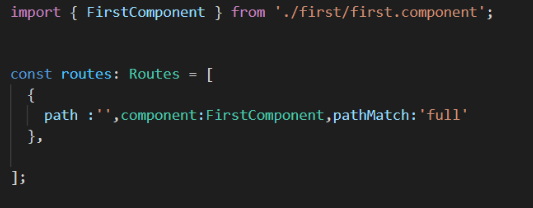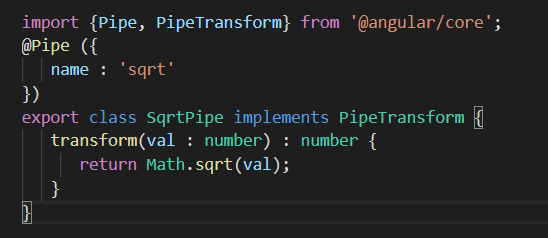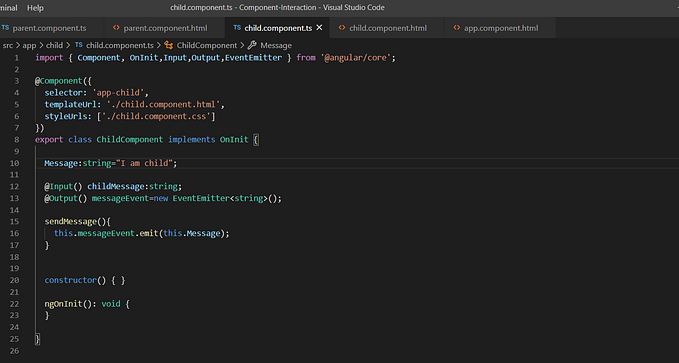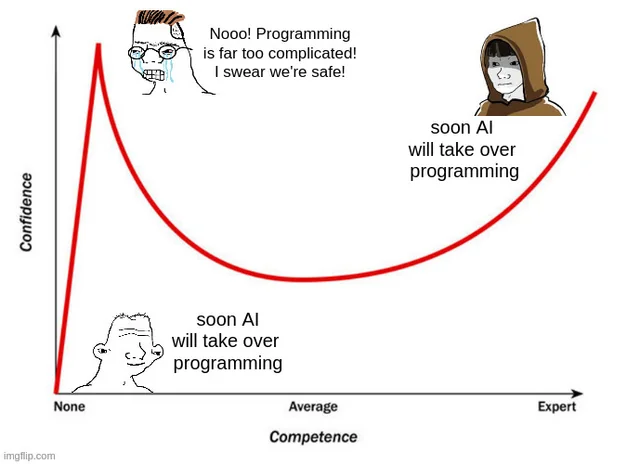Software Licenses
Hi every one this blog is show the currently available Software Licenses and their details.
free-software license is a notice that grants the recipient of a piece of software extensive rights to modify and redistributed that software. These actions are usually prohibited by copyright law, but the rights-holder (usually the author) of a piece of software can remove these restrictions by accompanying the software with a software licenses which grants the recipient these rights. Software using such a license is free software as conferred by the copyright holder. Free-software licenses are applied to software in source code and also binary object form, as the copyright law recognizes both forms

What are the different types of software licenses?
Here are five types of common software license models you should know about. Four are examples of open source licenses (which allow you to reuse code to some extent), and one disallows any reuse whatsoever.
Public domain.
This is the most permissive type of software license. When software is in the public domain, anyone can modify and use the software without any restrictions. But you should always make sure it’s secure before adding it to your own codebase. Warning: Code that doesn’t have an explicit license is NOT automatically in the public domain. This includes code snippets you find on the internet.
Permissive.
Permissive licenses are also known as “Apache style” or “BSD style.” They contain minimal requirements about how the software can be modified or redistributed. This type of software license is perhaps the most popular license used with free and open source software. Aside from the Apache License and the BSD License, another common variant is the MIT License.
LGPL.
The GNU Lesser General Public License allows you to link to open source libraries in your software. If you simply compile or link an LGPL-licensed library with your own code, you can release your application under any license you want, even a proprietary license. But if you modify the library or copy parts of it into your code, you’ll have to release your application under similar terms as the LGPL.
Copyleft.
Copyleft licenses are also known as reciprocal licenses or restrictive licenses. The most well-known example of a copyleft or reciprocal license is the GPL. These licenses allow you to modify the licensed code and distribute new works based on it, as long as you distribute any new works or adaptations under the same software license. For example, a component’s license might say the work is free to use and distribute for personal use only. So any derivative you create would also be limited to personal use only. (A derivative is any new software you develop that contains the component.)
The catch here is that the users of your software would also have the right to modify the code. Therefore, you’d have to make your own source code available. But of course, exposing your source code may not be in your best interests.
Proprietary.
Of all types of software licenses, this is the most restrictive. The idea behind it is that all rights are reserved. It’s generally used for proprietary software where the work may not be modified or redistributed.
How do I know what licenses apply to the code in my codebase?
Before you can determine which licenses govern any reused code in your codebase, you need to create a software bill materials, or a list of all the components in your code. And the fastest way to generate that list is with a software composition analysis tool. A good SCA tool will be able to find full components as well as code snippets, and it’ll tell you which licenses apply to each piece of code and whether you might be using licenses that have conflicts.
thanks all to read my blog.😊









